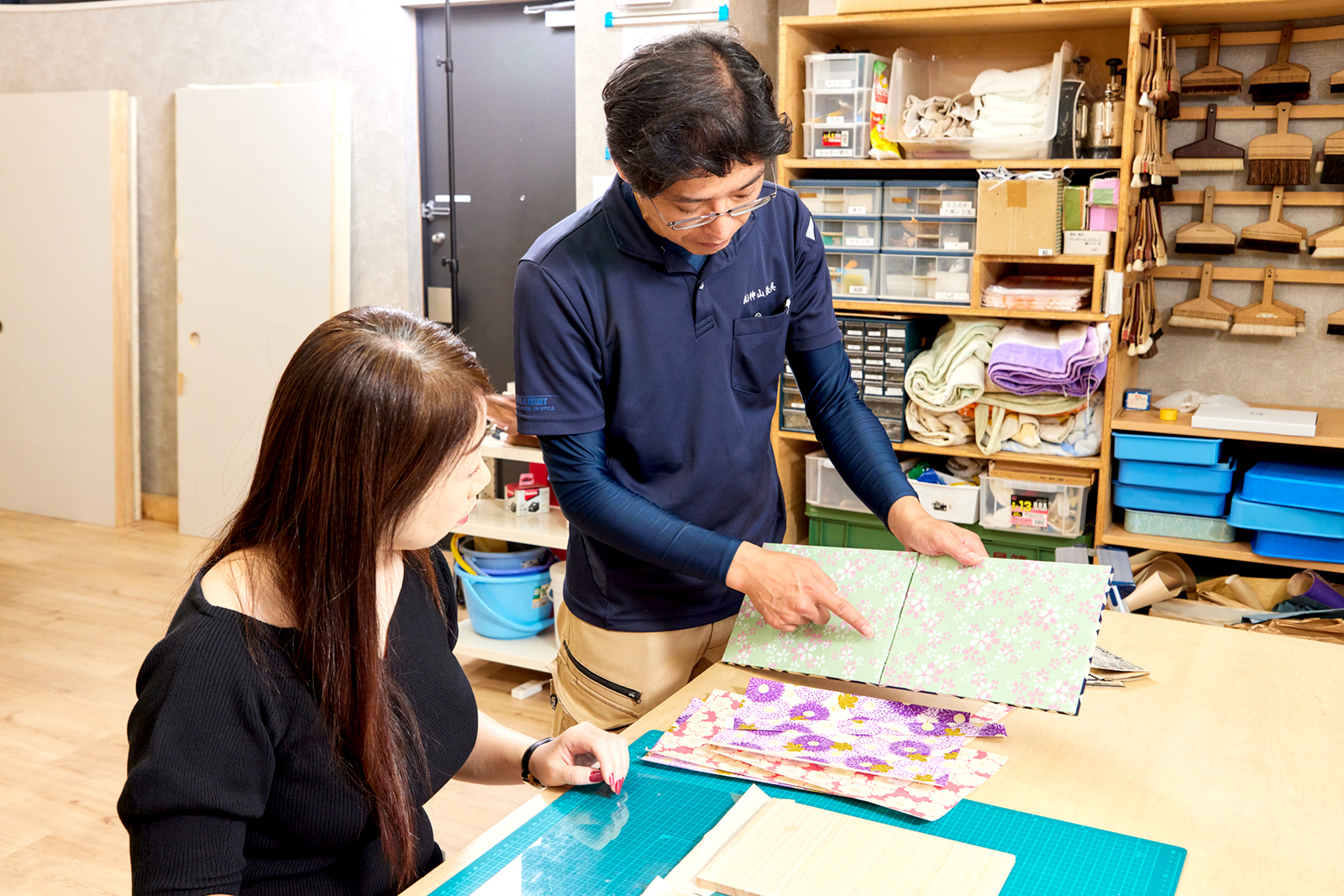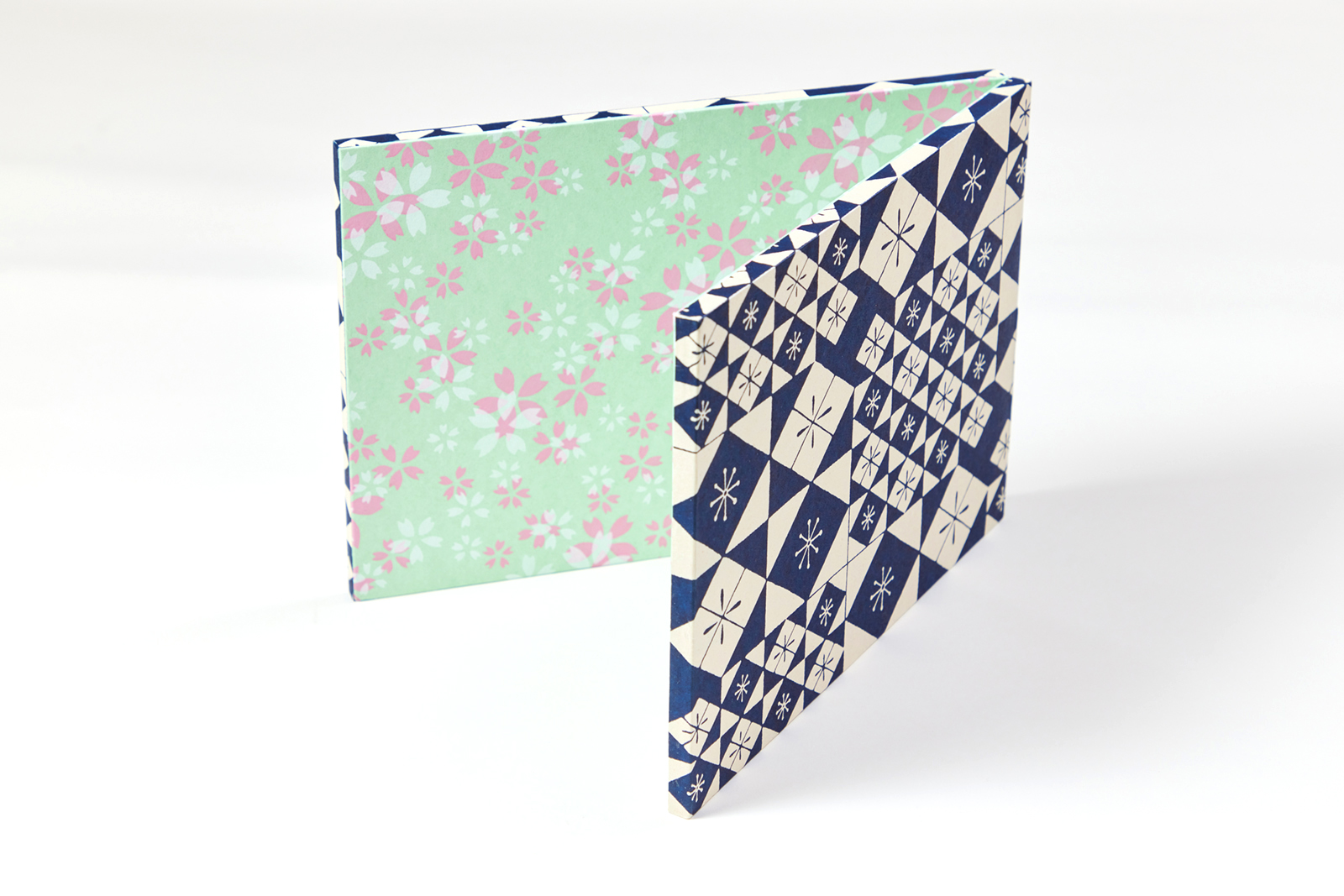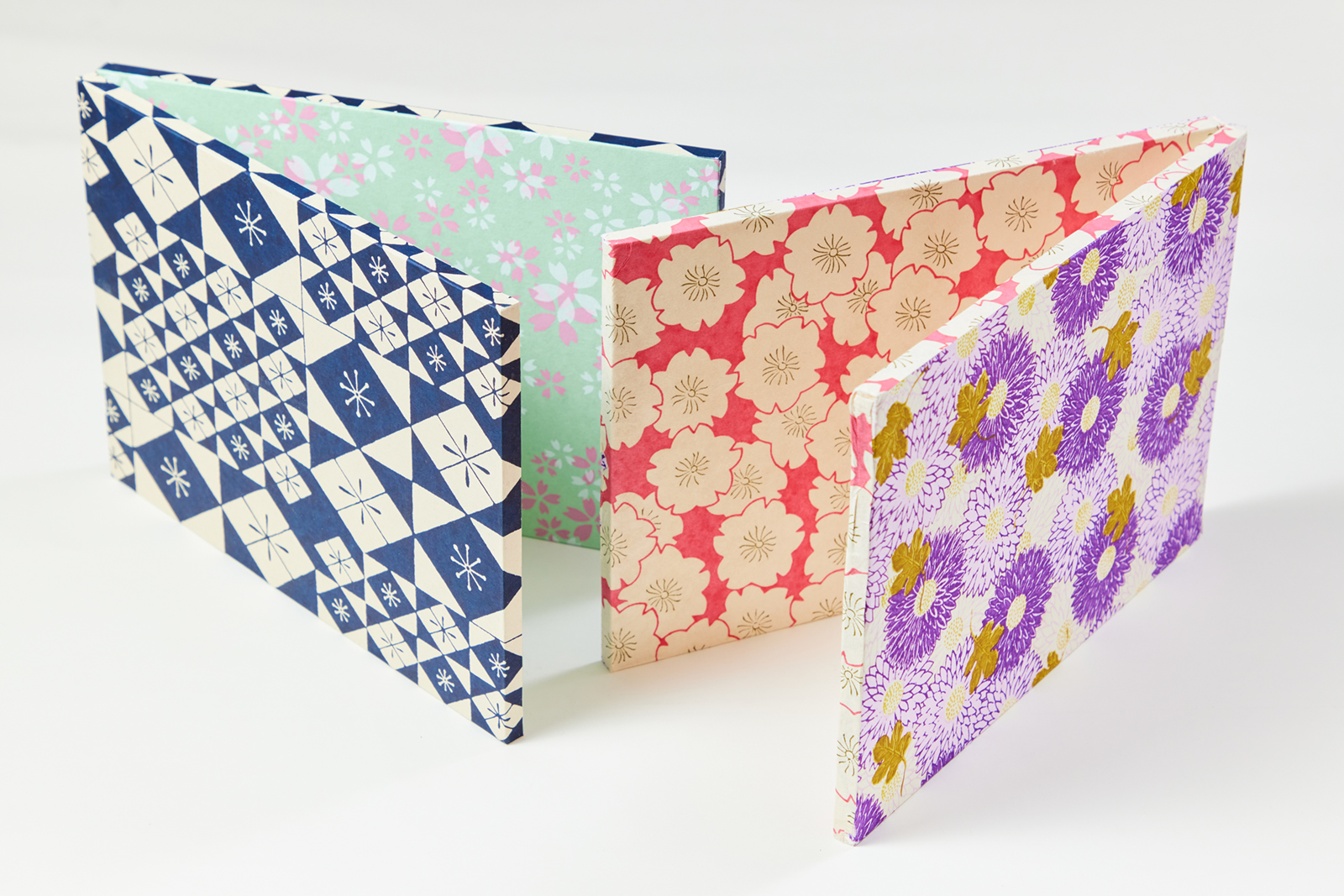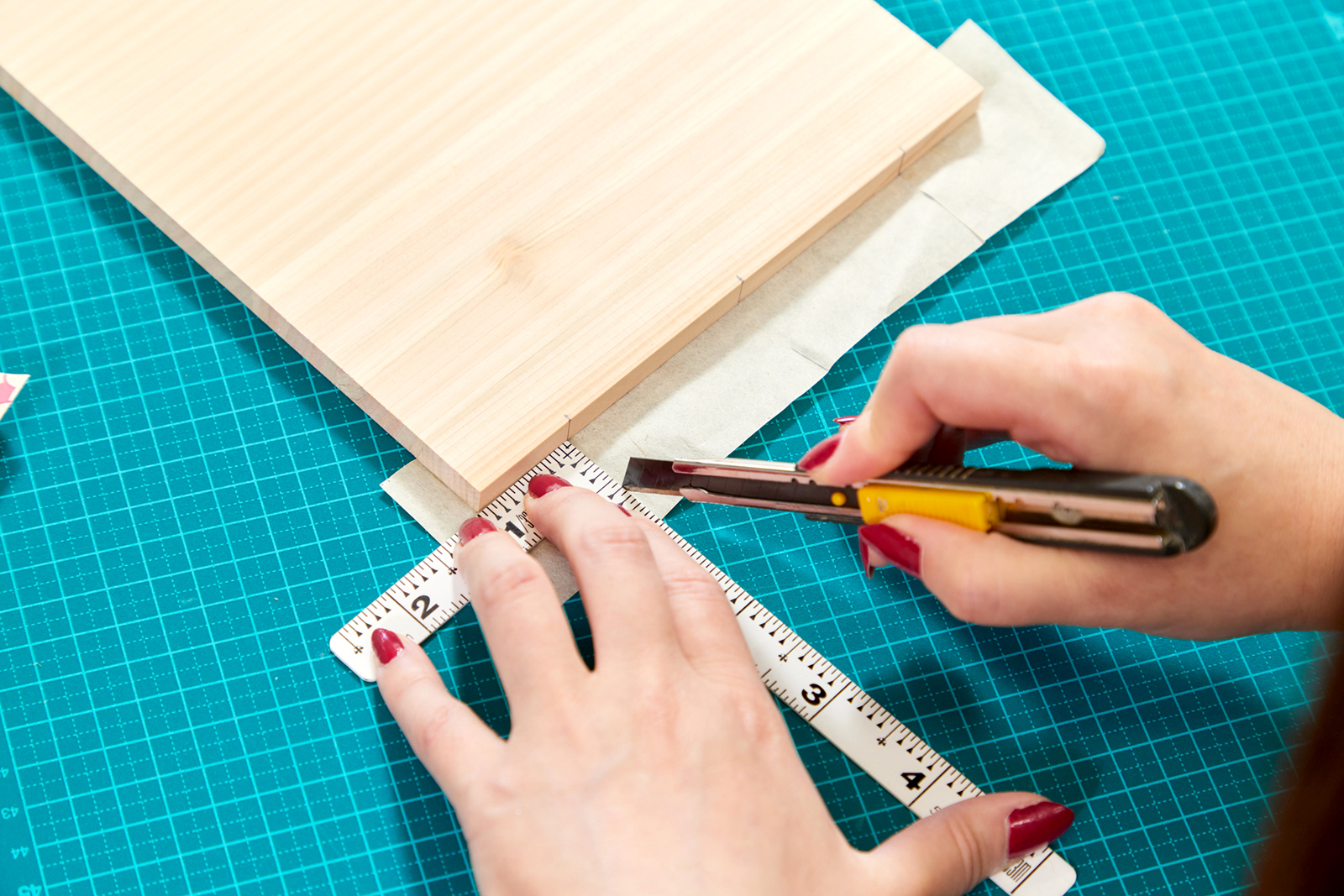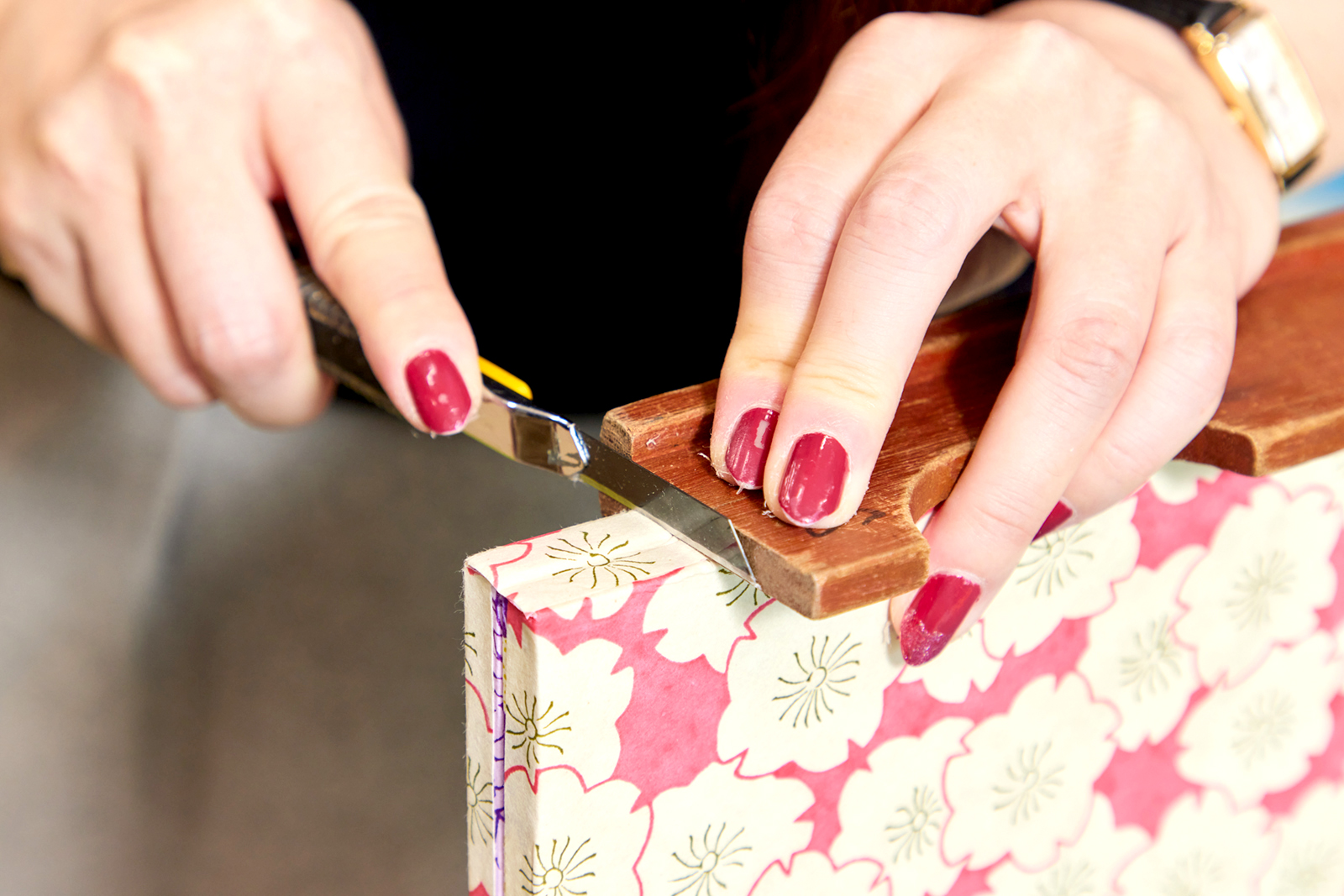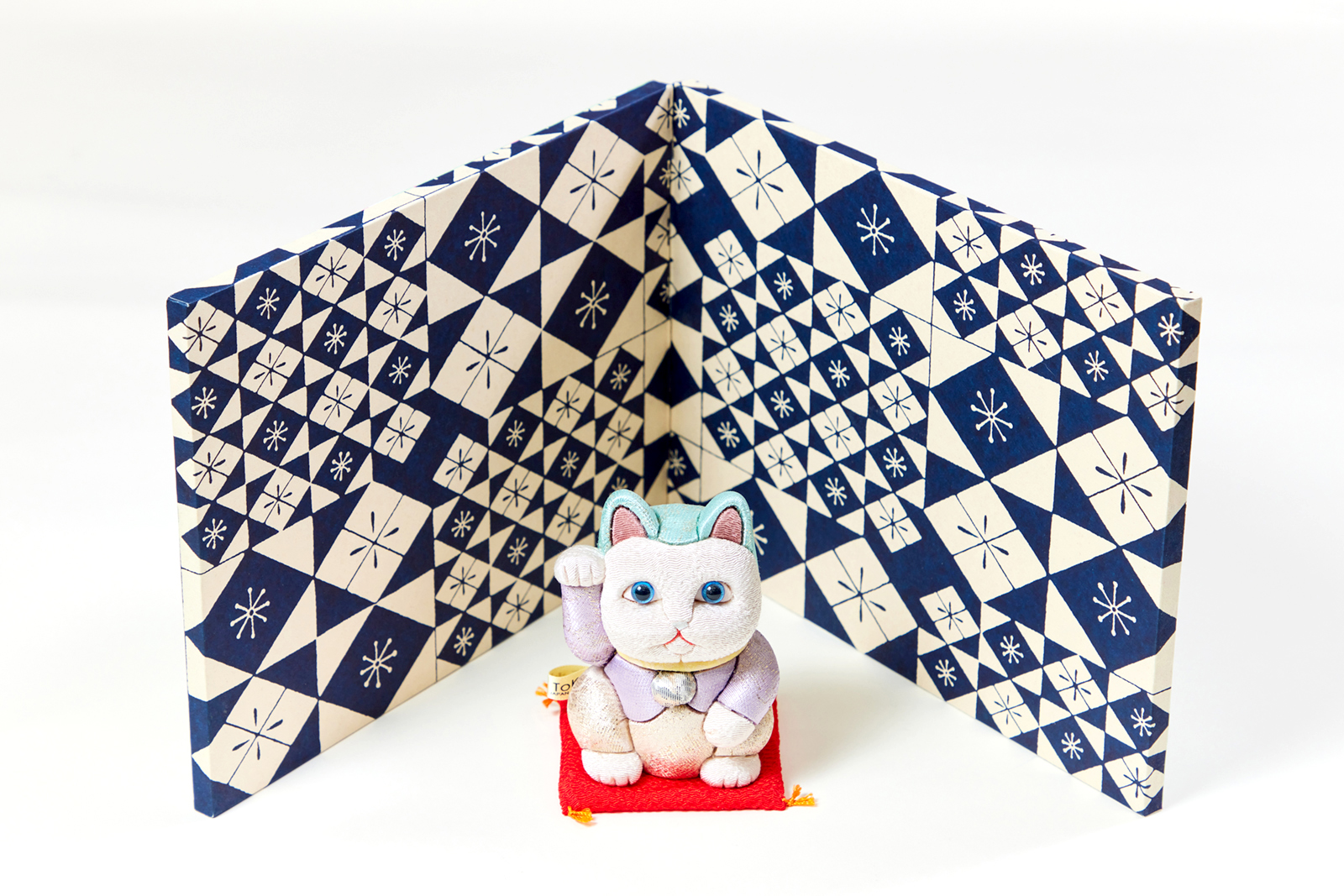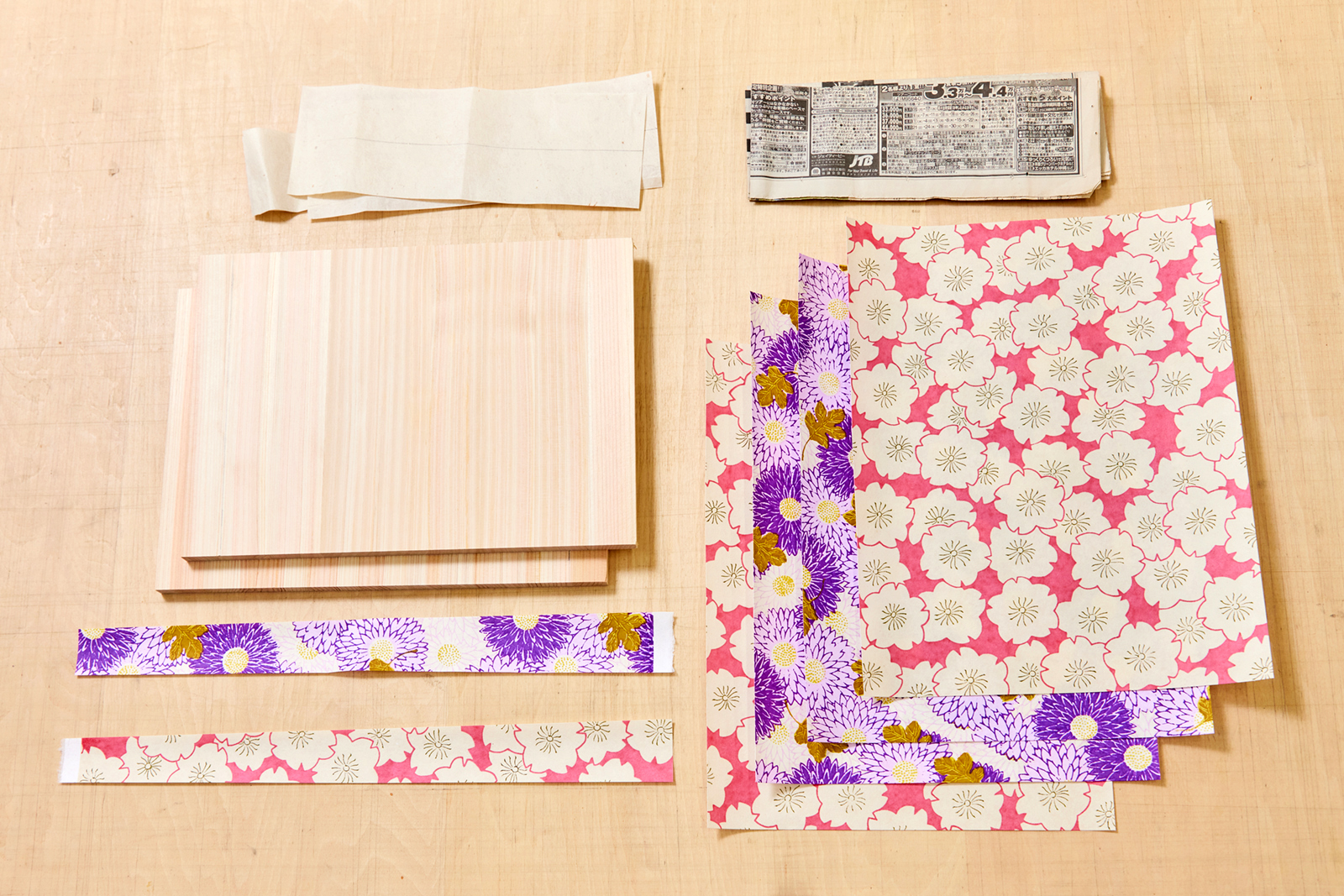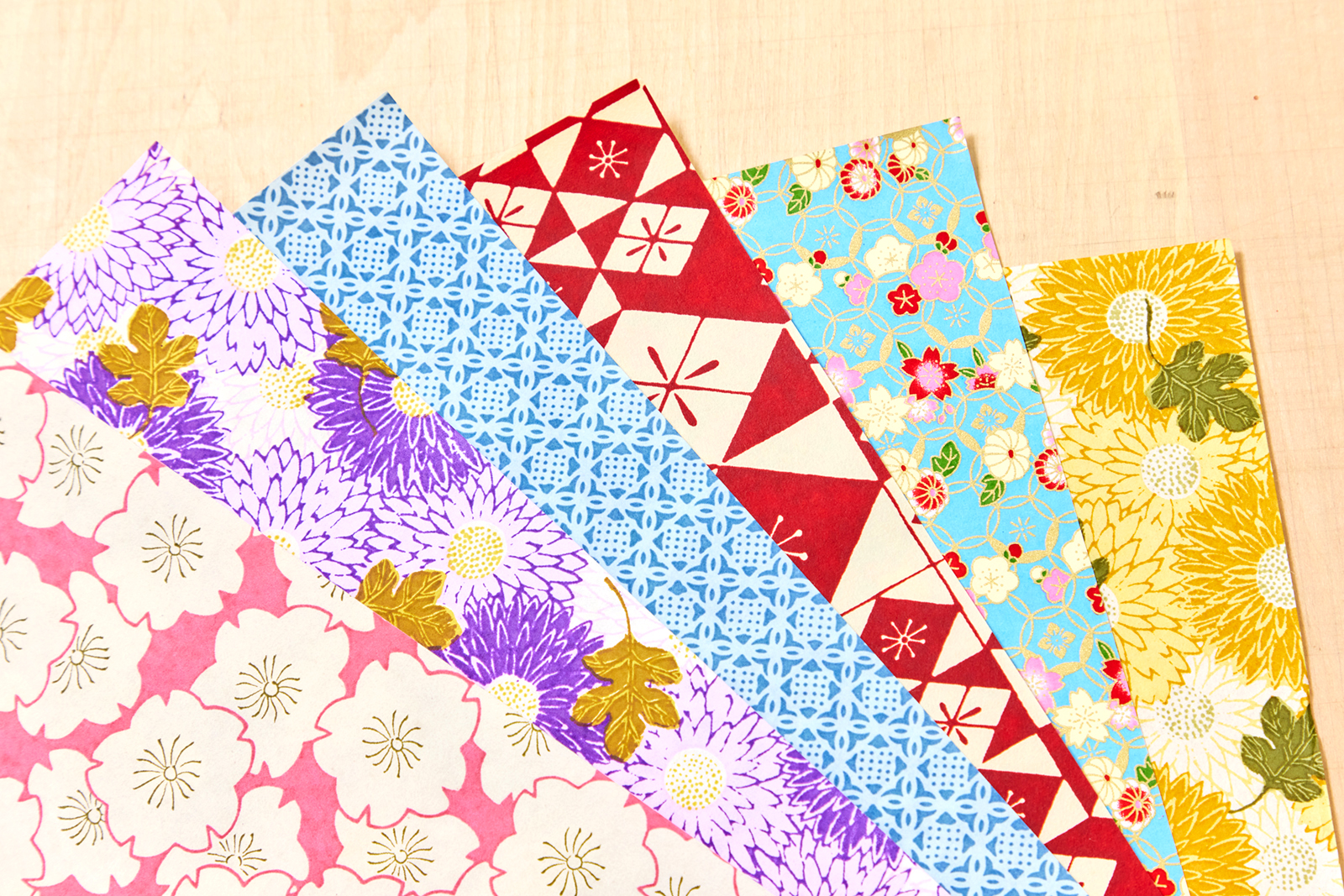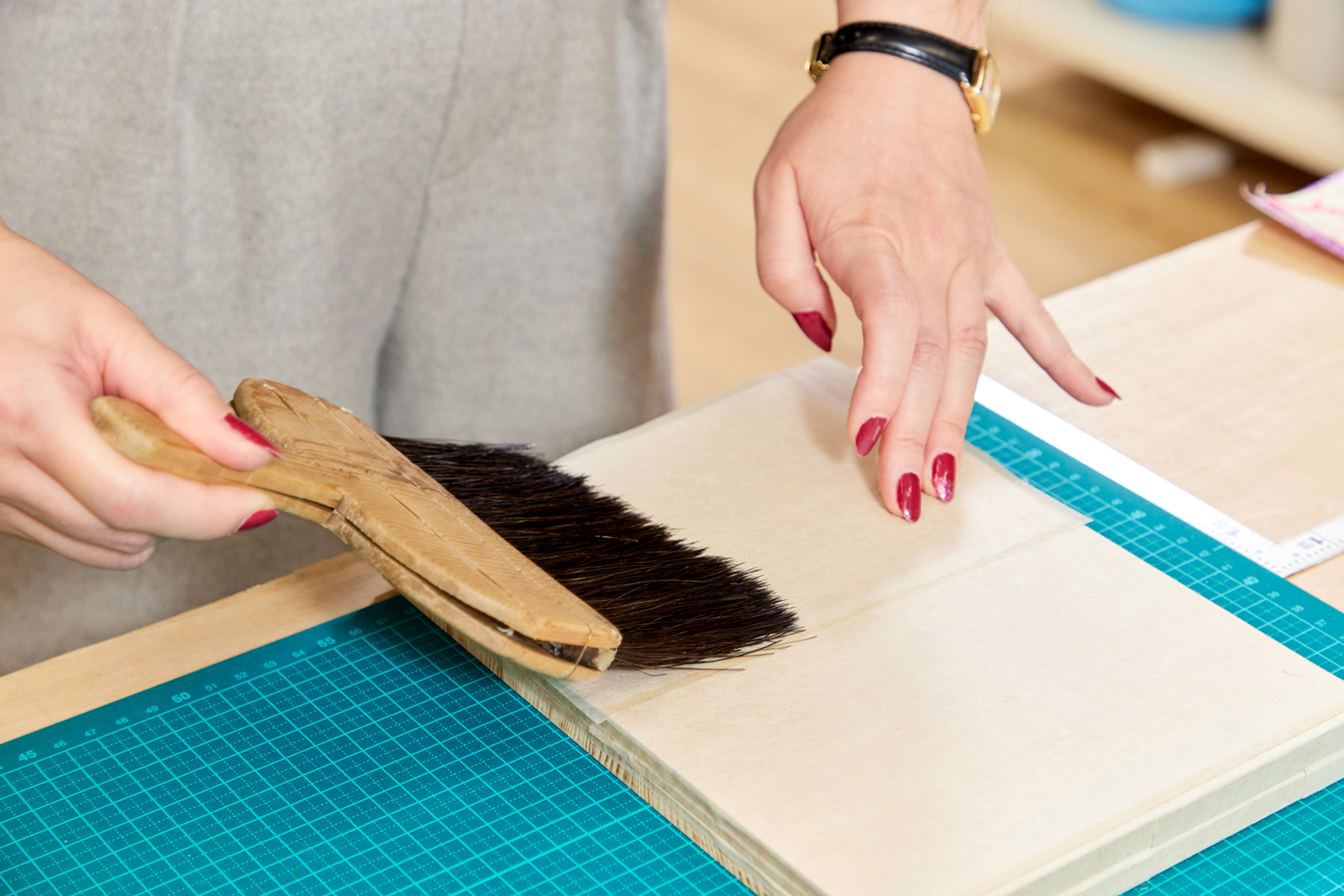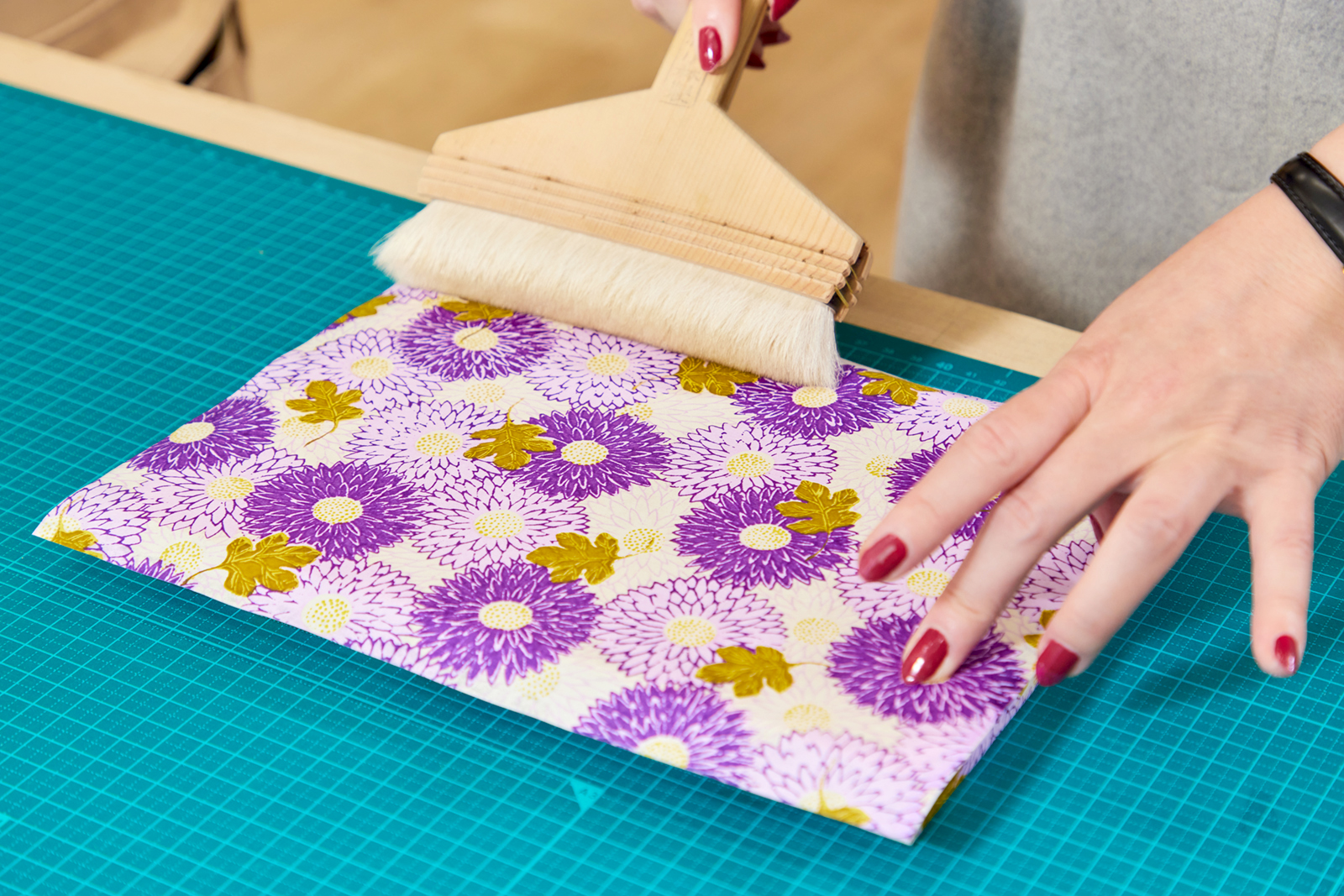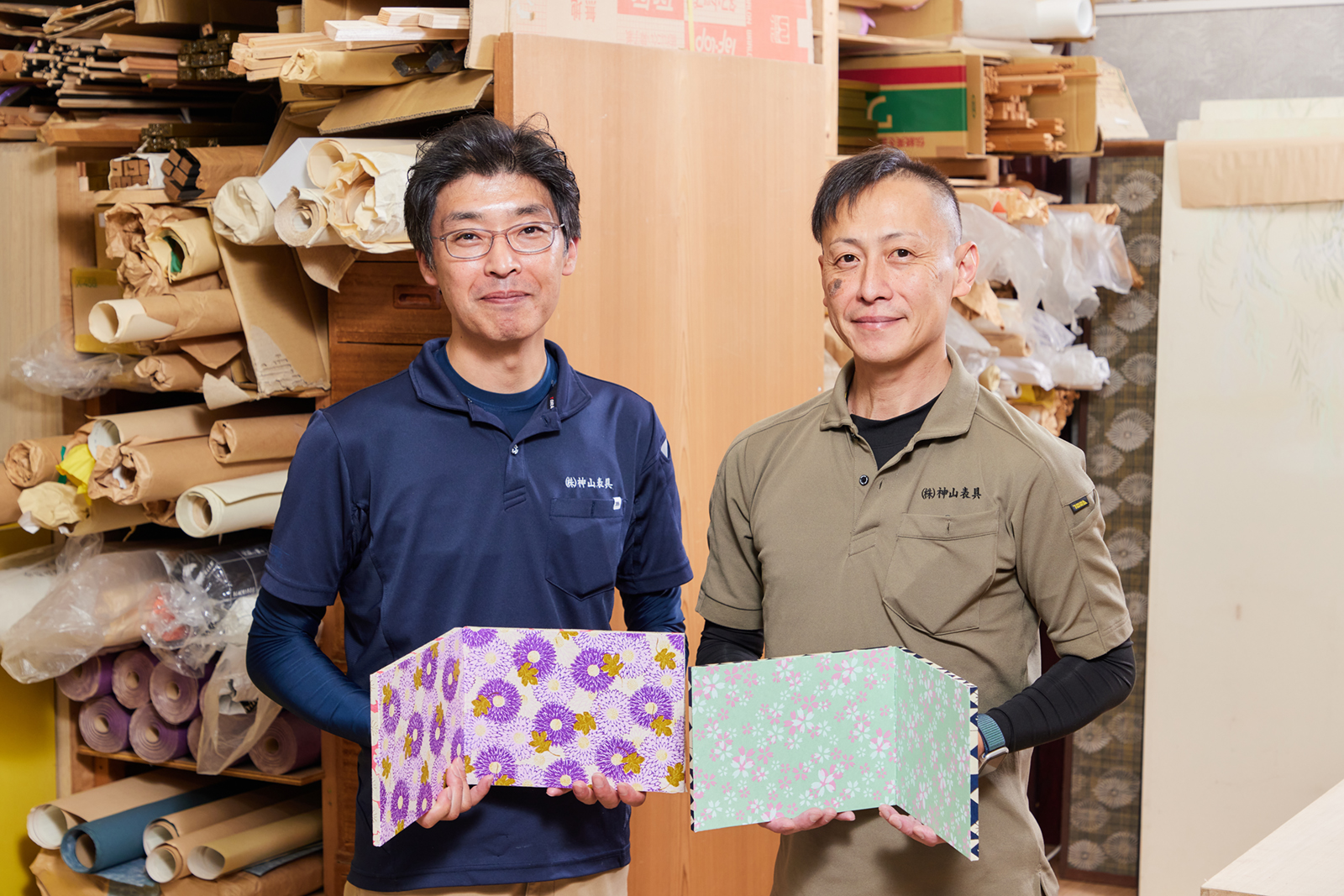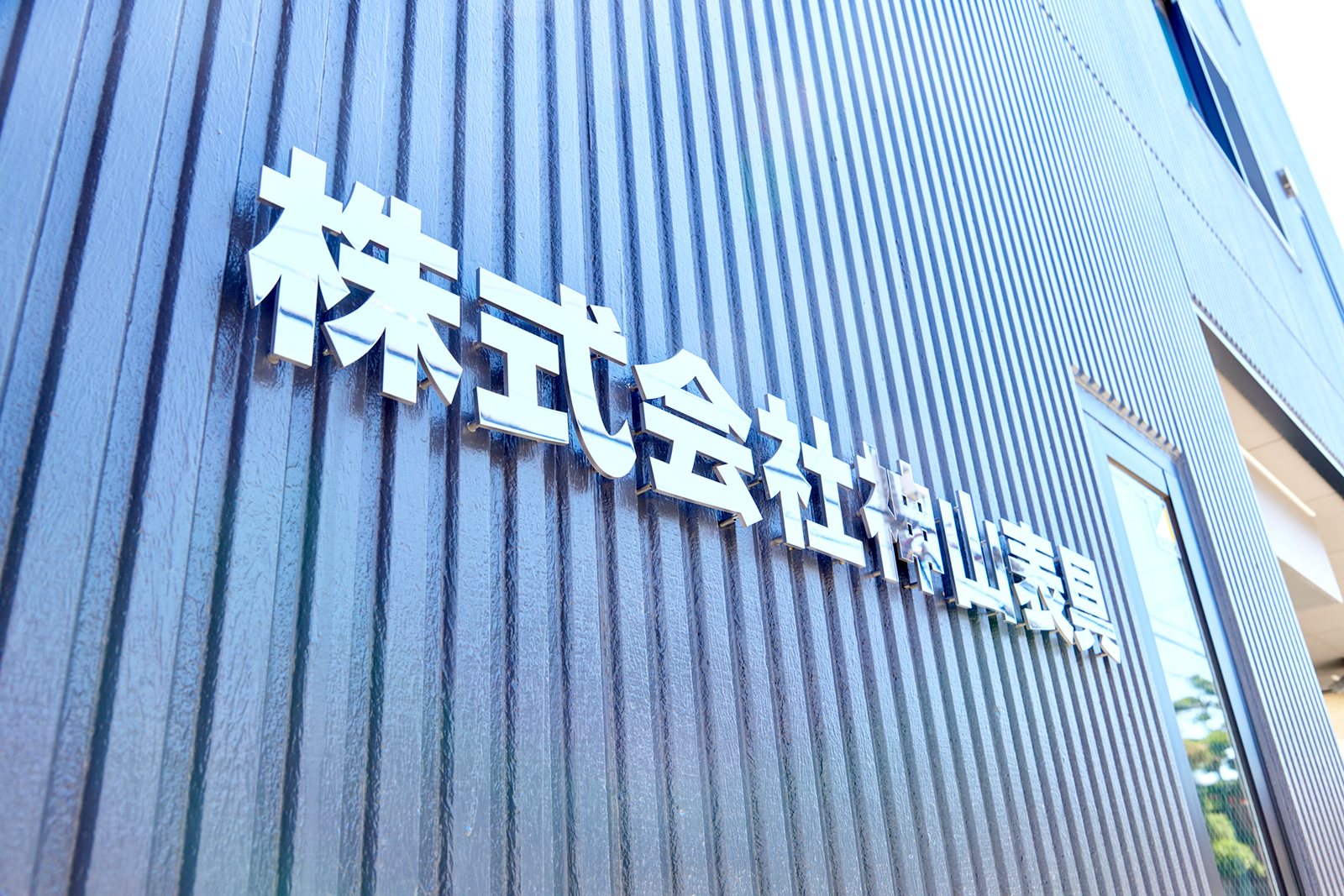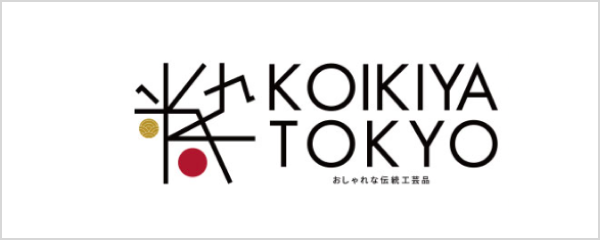The hyogu mounting technique that shaped traditional art
Hyogu mounting is a technique for assembling Japanese house partitions, like opaque Fusuma sliding doors and translucent Shoji sliding doors, and traditional art, like hanging scrolls and folding screens. The term Hyogu also refers to the items that have been formed through the technique. Approximately 1,000 years ago, during the Heian period, this tradition is said to have been introduced from China along with sutra scrolls and Buddhist paintings. It has continued to develop alongside Japan's traditional art forms such as hanging scrolls and folding screens. During the Edo period, as the population grew, many Hyogu mounting craftspeople moved to Edo. With the popularization of calligraphy, paintings, Fusuma sliding doors, and Shoji sliding doors, the form of Edo-Hyogu mounting known today became established.
Kamiyama Hyougu was born in the early Showa era, when a diverse array of techniques in Hyogu mounting became widespread. Mr. Haruo Kamiyama, the founder, established the shop in Ota-ku, Tokyo around 1940. In addition to mounting surfaces on opaque Fusuma sliding doors and translucent Shoji sliding doors, the workshop was also active in the field of restoring historical artworks and antique art objects. By around 1950, with the increase in Western-style houses, the scope of their work expanded into interior construction fields such as wallpaper and flooring installation.
Create a mini folding screen that enlivens the atmosphere
In this activity, you will craft a mini folding screen using the mounting technique applied to opaque Fusuma sliding doors and translucent Shoji sliding doors. A folding screen is a type of furnishing used as a room partition. Originally serving as windbreaks, they have evolved over time into art pieces featuring paintings on their flat panels.
Your activity starts from selecting Japanese paper to mount on the front and back of your folding screen. From among six options, choose two designs that go on each side of the folding screen. While all the designs are vibrant and beautiful, it is best to choose them with an eye toward how they'll look when they are combined.
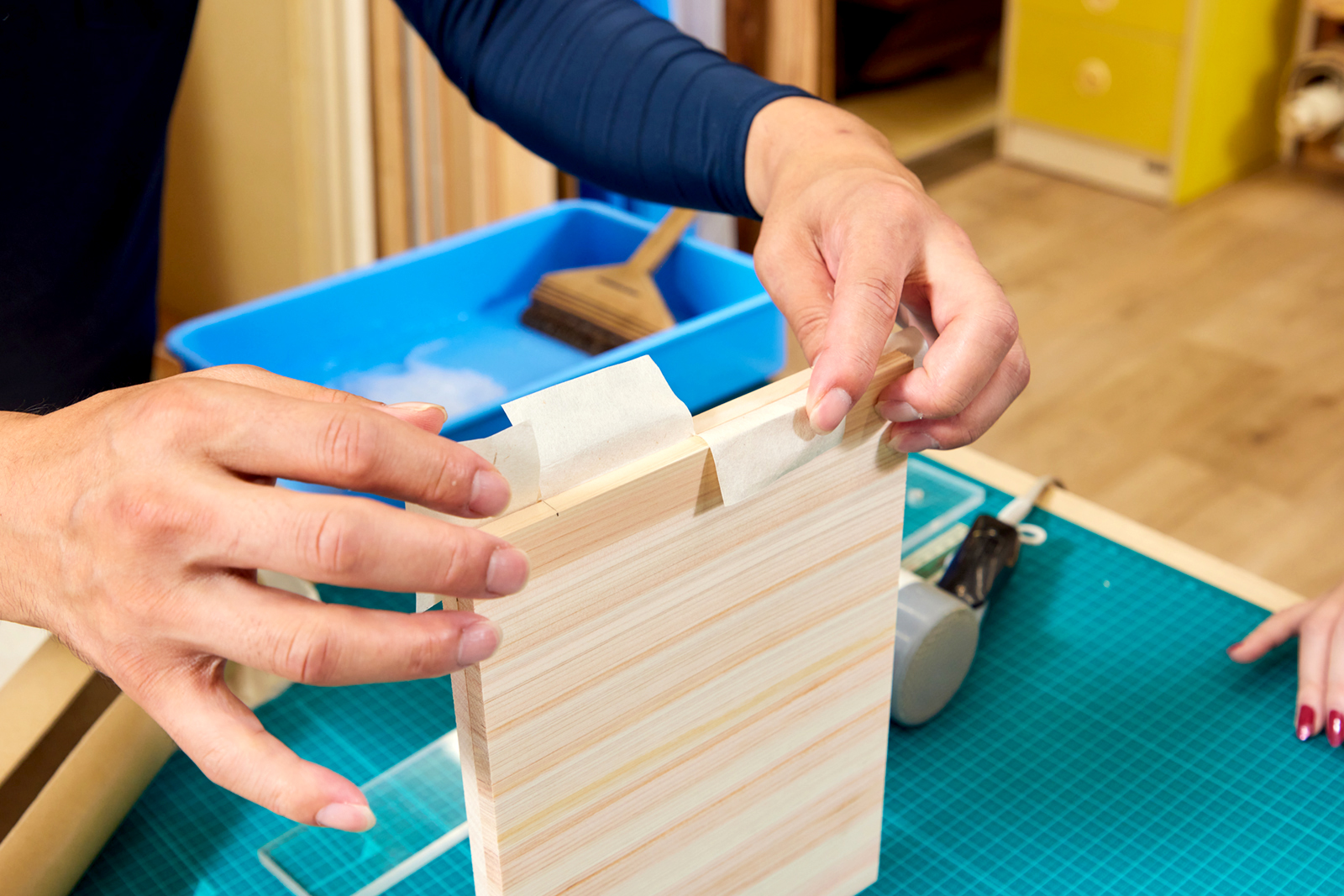
Now, it is time to start your crafting. First comes preparing the panels that will be the body of your folding screen. First, attach narrow strips of Japanese paper to the sides of the B5-sized wooden panels to connect them together. Following the instructions from the artisan, trim off the excess with a craft knife. With the cut Japanese paper, adhere with glue so that the two panels cover each other. After joining the panels together with Japanese paper, cover the joints with more Japanese paper to conceal them. At this point, it may be difficult to imagine the purpose behind this process of connecting the two panels. But, a surprise that will amaze you waits just around the corner.
The surprising paper hinge process that connects two panels together with just paper
The surface of the two connected panels is still bare wood. Apply a thin layer of Japanese paper as a base to ensure the design you chose at the beginning will go on nicely. The adhesive is Shofu-glue, which is made from starch. Apply the glue thinly, evenly, and quickly to prevent any areas where it dries unevenly and fails to bond. Once you've finished spreading the glue, place a thin sheet of Japanese paper on the adhesive surface. The key to achieving a beautiful finish is to skillfully use the brush and your hands, pressing down carefully.
After attaching Japanese paper to the sides of the panel, the surface is now completely covered with Japanese paper. After making sure that all the glue has dried, try folding the panels around the joints between them. When the fold exceeds 180 degrees and folds all the way back to 360 degrees, completely bending backwards, this is the moment of surprise that has been awaiting. The significance of all your work will now make sense instantly.
The technique of creating the joints of this panel using paper is called “Kami-Cho-Ban”, a traditional joining method, used for a long time in folding screen crafting. It is a techniques passed down from an era without metal parts, created by artisans.Coming face to face with techniques and wisdom preserved through the ages, it may be hard to contain your excitement.
Flip the panel over and repeat the same process on the reverse side. Lastly, affix the Japanese paper with designs to both sides. To prevent air pockets, move the brush from the inside outwards in a stroking motion. The completed mini folding screen is an art piece that blends beautiful Japanese patterns with traditional techniques. Arrange it around your favorite dolls and knickknacks, and it will create an even brighter, more vibrant space.
Discover a craftsmanship that shapes daily living spaces
Mr. Koichi Takahashi, third-generation shop head, comments, “With its soft texture, Japanese paper brings warmth and elegance to everyday life. It is my hope that you incorporate it in your life as one of your favorite interior design pieces.”
Hyogu mounting is both a traditional craft and an architectural technique that shapes living spaces. Experience the artisan techniques that adorn daily life through the activity of crafting a mini folding screen.
Founded in Ota-ku, Tokyo around 1940. The shop provides a wide array of hyogu mounting services, from mounting surfaces on opaque Fusuma sliding doors and translucent Shoji sliding doors for Japanese households to assembling traditional decorations such as folding screens and hanging scrolls. From around 1950, the company expanded into interior design work such as wallpaper using Japanese paper and installing flooring and tiles. It is renowned for its high technical skill requiring multiple wallpaper and mounting specialists. Through traditional Hyogo mounting craftsmanship and meticulous interior design work, Kamiyama Hyougu supports the lifestyles of local people.
